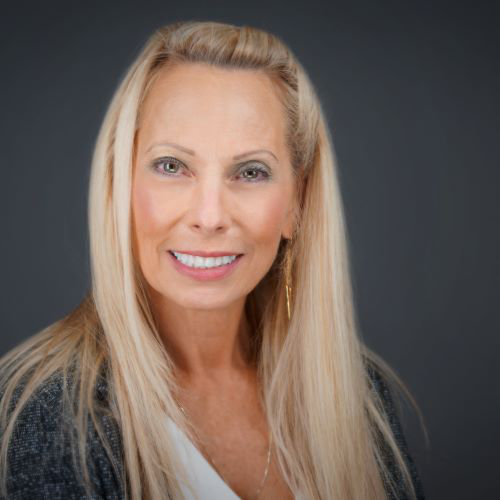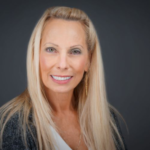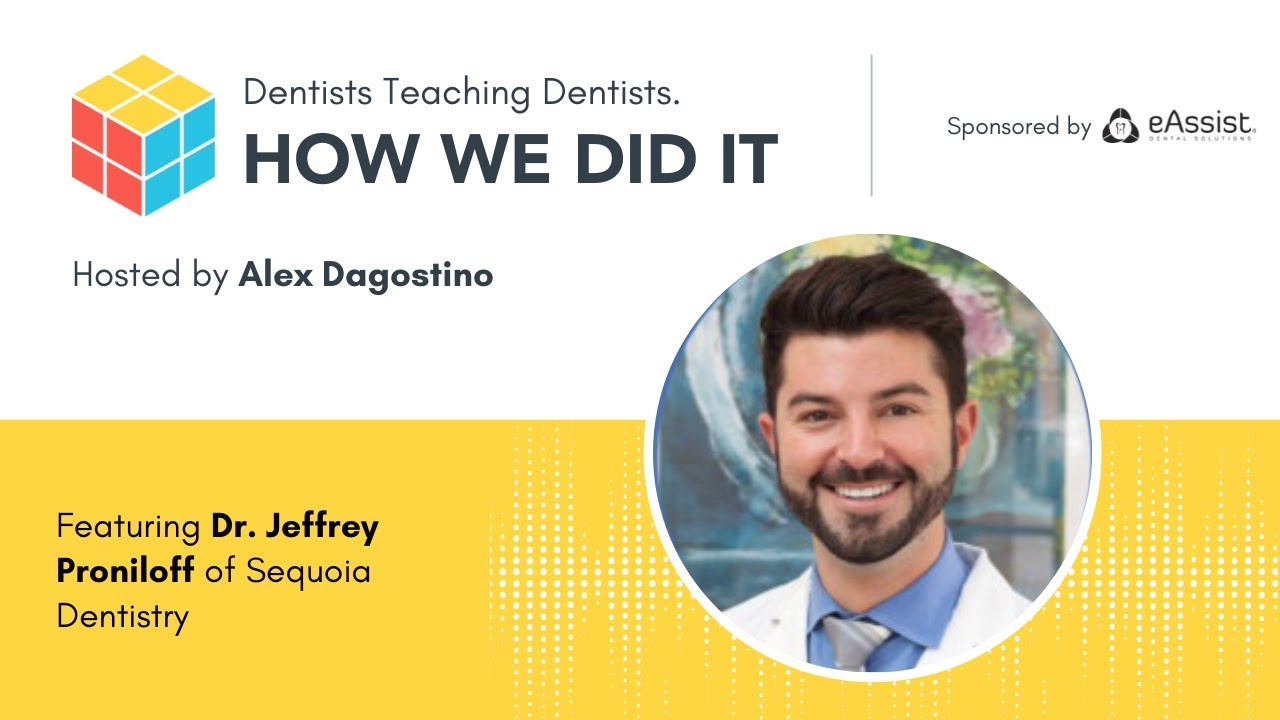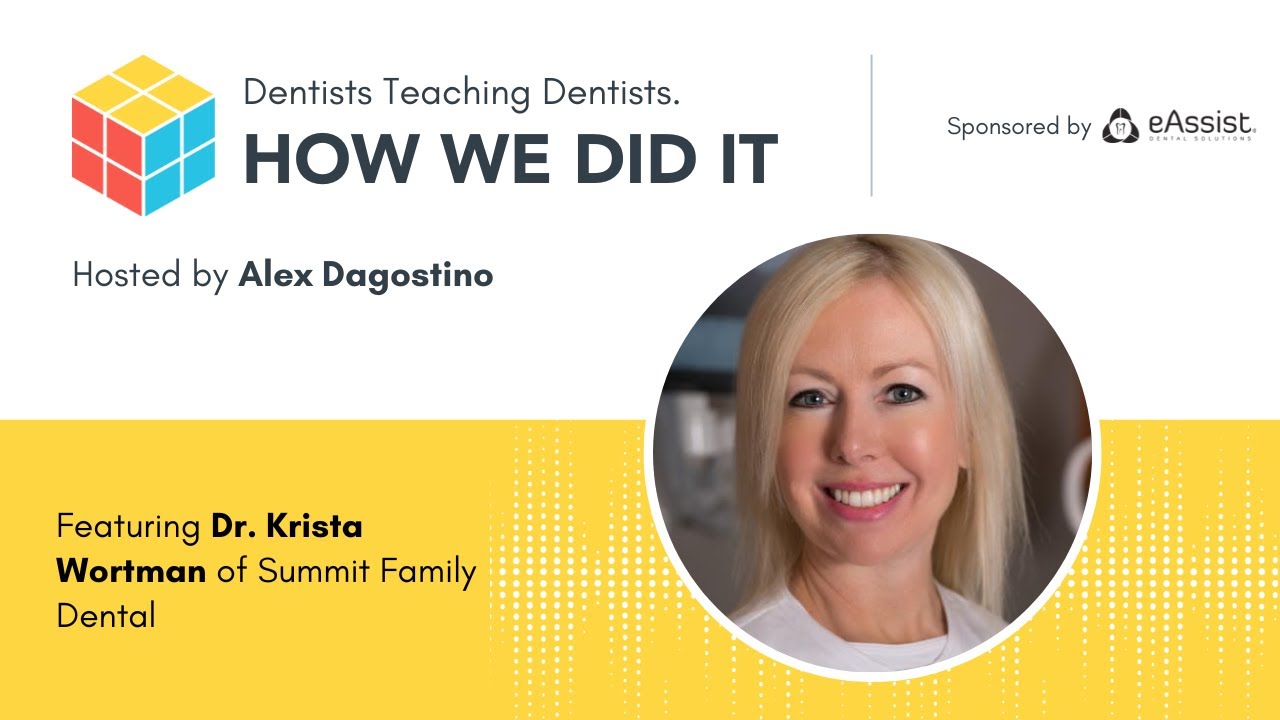Young Bryan Neish grew up spending time at his father’s dental practice. Consequently, he benefited from early exposure to the profession, as well as an insider’s look at the day-to-day life of a dentist, and working with people on their oral health. “Dentistry was always on the short list of professions that interested me,” said Dr. Neish, “and over the years it just kind of solidified as that’s what I wanted to do. I also had a lot of great mentors along the way whom I met through my dad. They really helped shape how I approach dentistry, and gave me a good kickstart to where I am today.”
Dr. Neish considers his educational circuit and path to dentistry a fairly typical one in terms of working at other practices for a number of years after graduating dental school. Not surprisingly, he started working at his father’s practice, then went on to work with a family friend and colleague for another five years.
“As every dentist knows, you learn the basics in dental school, but maybe not as much as you think you’re going to know.”
He appreciated the additional learning, and different perspectives and approaches he gained through that experience. “None of us are the same; even if we have a similar approach or philosophy about helping people and approaching healthcare, we’re all unique. Those years gave me a good opportunity to refine my own focus and skill set,” explained Dr. Neish.
After 40 years of practicing, Dr. Neish’s father wanted to begin scaling back his own hours, presenting the opportunity for his son to return to Beaverton, Oregon, and assume responsibility for the family practice in early 2023. Dr. Neish recalled, “That was really neat because a lot of patients already knew me from when I was in elementary school, coming in with my football pads on. We’re a close-knit dental family with a lot of long-term patients, some for more than 40 years. It’s been really fun!”
Differentiation through patient-centricity
When it comes to differentiating the practice, Dr. Neish credits their motivation to always putting the patient first. He and the team apply that filter to everything they do, and anything they consider implementing, be it operational changes, or new tools and technology. As impressed as Dr. Neish is with state-of-the-art technology and its potential impact, he advised, “If not applied intentionally and thoughtfully, some workflow efficiencies may be just a small flash in the pan. But is it really going to change how you can affect patient outcomes? What makes it better for the patient? And central to what we consider most important, how does it help meet people where they are at? Just like no two dentists are the same, no two patients are the same.”
Dr. Neish also cautioned, “We as clinicians tend to get taught in a very rote, programmatic, algorithmic way; to identify the situation and follow steps a, b, c and d to get to that ideal outcome. But that doesn’t take into account a lot of patient modifiers, such as; what their goals are, their level of engagement, where they are in their lives, and are they in a position to commit 100% to attain and maintain that ideal outcome. What’s a good outcome for where they are at that time? You can’t know that based on your formal training.”
His solution is that he and everyone at Neish Dentistry truly listen to the patients to understand their unique position. They also thoroughly communicate all treatment options, explaining the pros and cons, and answering all questions so as to get to the best fit for that patient at that time, as well as in the future.
“We really try to empower the patient in terms of their knowledge and understanding of what’s going on. Taking it a step further, we like to focus on the foundational root causes of why things are happening.”
Dr. Neish uses the term “proactive prevention.” Many dentists describe their approach as minimally invasive or conservative, meaning in some sense they do less until forced to do more. Dr. Neish acknowledged, “There’s nothing wrong with that, but there’s also that classic phrase ‘an ounce of prevention is worth a pound of cure.’ So if we can do some small things now to prevent bigger things from popping up later, we’re engaging with people and allowing them to have some ownership and influence over these outcomes. In the global sense, we’re being as non-invasive as possible because we’re trying to prevent some things.”
Neish Dentistry’s holistic approach incorporates all pieces of the puzzle – patient education, engagement, the patient’s goals, short and long term-treatment options, affordability, etc. – and fosters and facilitates long-term relationships and ideal outcomes. They also strive to provide a “low friction, ease-of-business environment” that includes such elements as a comfortable office designed to help put angst-ridden patients more at ease, working with patient insurance, and even convenient parking and office access.
What it means to be a Top Practice
In addition to the above factors that differentiate Neish Dentistry, being a Top Practice means to Dr. Neish “serving people in meaningful ways. Ultimately, if you’re doing that, and doing it well, that becomes even more of a differentiator.” He went on to say, “Of course, you can’t make other silly business decisions that put you in a financially precarious situation, or negatively impact your other decisions which can then create a downward spiral. Pick and choose the metrics you use to help with all that.”
His comment on metrics referred to dental practice management consultants and seminars which typically espouse the importance of using a great many metrics to successfully manage a practice. For Dr. Neish, metrics are useful only if they can be tied into positive patient outcomes.
He is not a fan of the general trend in dental healthcare “to try to homogenize everything,” as has already been underway in the medical healthcare industry for several decades. He referred to the “corporatization effect” whereby a great many private practices and smaller offices are being bought out by large companies and private equity investors interested in only the business metrics; patient-centered care is not part of their profitability equation, so the patient experience and even level of care deteriorates.
“Health is a gift. Some things can’t be undone, so there’s this very heavy ethical burden around the type of work that we do; at a foundational level you need to be doing right by others. For me, that’s the ultimate metric, and a real differentiator as a Top Practice.”
The eAssist partnership
The majority of dental patients have dental benefits, and want – indeed, expect – the office staff to help with that. To the detriment of the patient, though, the process of claim submissions, appeals and collections has become so complex and difficult to navigate, that many offices are choosing to no longer accept insurance at all.
At Neish Dentistry, about two-thirds of their patients try to utilize some kind of dental insurance benefits. “It’s getting tougher and tougher to work with insurance companies, dental or otherwise,” lamented Dr. Neish. “Making a claim and then getting reimbursed for something even relatively simple is like trying to get blood from a turnip.”
“Claims get rejected for whatever reason the carrier can find to try to derail the whole process so they don’t have to pay out. It’s tough for us to navigate that, but if we can help our patients maximize all the resources they have at their disposal, that’s what we need to do.”
Dr. Neish first became aware of eAssist while working at another dental office. His father’s office was also using eAssist when Dr. Neish assumed responsibility for the practice earlier this year. He said of the partnership, “We’ve really enjoyed working with eAssist. The expertise provided has made the process a lot easier. It’s a combination of: (1) a division of labor – having people who are excellent at what they do, and having them just do that. And, (2) not having to burden the business with that overhead expense. Let’s say you employ one full-time person to do nothing but manage dental claims; that becomes a very onerous business expense, which causes pressure in other areas. Then maybe you can’t be as focused on delivering that optimal patient experience.”
Dr. Neish also cited an unexpectedly challenging hurdle that arose when he became a new provider at his own practice: “We didn’t think it was going to be that big of a deal, but it was another roadblock put up by the insurance companies. eAssist was great helping with that transition.”
“I would be looking for ways to try to move out of facilitating insurance if not for eAssist. Now it’s something we can continue to provide for our patients; they really appreciate it, so eAssist is helping everyone out.”
He added, “I’ve worked with a lot of dental services companies. Something else that has always really impressed me about eAssist is that everyone with whom I’ve ever interacted truly cares; there’s a very personalized feel. You don’t get that from everyone you work with; you can be made to feel like a number, and there’s a sort of impersonal wall between you and the other person. But it’s the total opposite working with eAssist, which I think is somewhat rare.”
Advice on “next steps” for dentists
Whether you’re fresh out of dental school, or currently practicing as an associate in a dental office and wondering about your next career step, Dr. Neish offered some sage advice.
For dental school graduates (or any college graduate, for that matter), conditions on the ground have changed considerably over the past 20 years. Most come out of school with a hefty debt load, and market dynamics are drastically different. Whether it’s dentistry, or any other profession or vocation, Dr. Neish advises “When it comes to deciding what you really want to do, don’t rush the decision. Take time to figure out what you really like doing. Dentistry may sound specific, but there are very broad categories, which then have specifics within them.”
He provided such examples as; “Clinically, do you like or not like doing extractions? Root canals? Do you like variety? Or, do you like doing certain things so much that you might want to specialize and refine your skills in those areas? Answering questions like those will help guide you in terms of the day-to-day work you’re seeking. By focusing your efforts, you will get more satisfaction and enjoyment from your daily routine.”
Related to that, Dr. Neish extoled the importance of finding good mentors – “You’re not necessarily going to copy them, but if you can pick out all the things they do that you find to be really effective, or just in sync with how you do things, that’s going to accelerate your development process. You will not only become more proficient more quickly, thus alleviating stress on a newer dentist, but you’ll likely figure out what you like to do sooner so you can have the most fun at your job.”
As a practicing associate dentist (or a new graduate) deciding on next steps, Dr. Neish advised that practice ownership is a major decision that takes a dentist down a very different path than working for someone else. He offered, “I’ve done both, and each has its merits. But if you know there are specific clinical things you like to do, and specific things you don’t like to do, you might enjoy an associateship more, as that should allow you to do primarily the type of clinical work you enjoy. Versus, being a practice owner where you’ve got to do all the stuff that you maybe don’t want to do. You really want to figure that out before making the decision.”
He went on to explain that as a practice owner, you are a part-time dentist and also a part-time small business owner. In the latter role, you must focus on the myriad mechanics of running a business – finances, operations, personnel, etc. These are all as important as the mechanics of performing clinical dentistry. To set up and sustain a profitable and growing small business, you will need a business plan, which is the equivalent of knowing clinically what you want to do. Whether you are starting your own, or buying an existing practice, having that direction in place early on is essential.
“If you want to buy an existing practice, ideally find one that is under-leveraged and is a relatively blank canvas which you can design into what you want the practice to be,” advised Dr. Neish. “And if you decide to open a new practice, don’t feel like you have to get everything all at once; that can put you into a debt situation such that the business is steering you to a place you probably don’t want to go.”
In conclusion, he said, “I’ve seen a lot of dentists get into a situation where either they’ve bought too much practice, or end up getting more into debt than they probably should early on. Then the business dynamics and financial pressures keep leading them down an unfortunate path they didn’t knowingly choose for themselves. That’s why I’m a big fan of trying to figure out, first, what you really want to do.”
“Start small, and then grow organically and sustainably, and in a controlled manner so you’re staying in command of the ship.”
Conclusion
Neish Dentistry is a family-owned and operated local dental practice, serving the Beaverton, OR area since 1982. Dr. Bryan Neish strives to provide quality care with honesty and compassion and form lasting relationships with his patients. The care provided at Neish Dentistry office is defined by their integrative, minimally invasive approach. They look beyond their patients’ teeth, instead focusing on their whole-body health.
You can learn more about Dr. Neish by watching our How We Did It podcast episode that features him.







